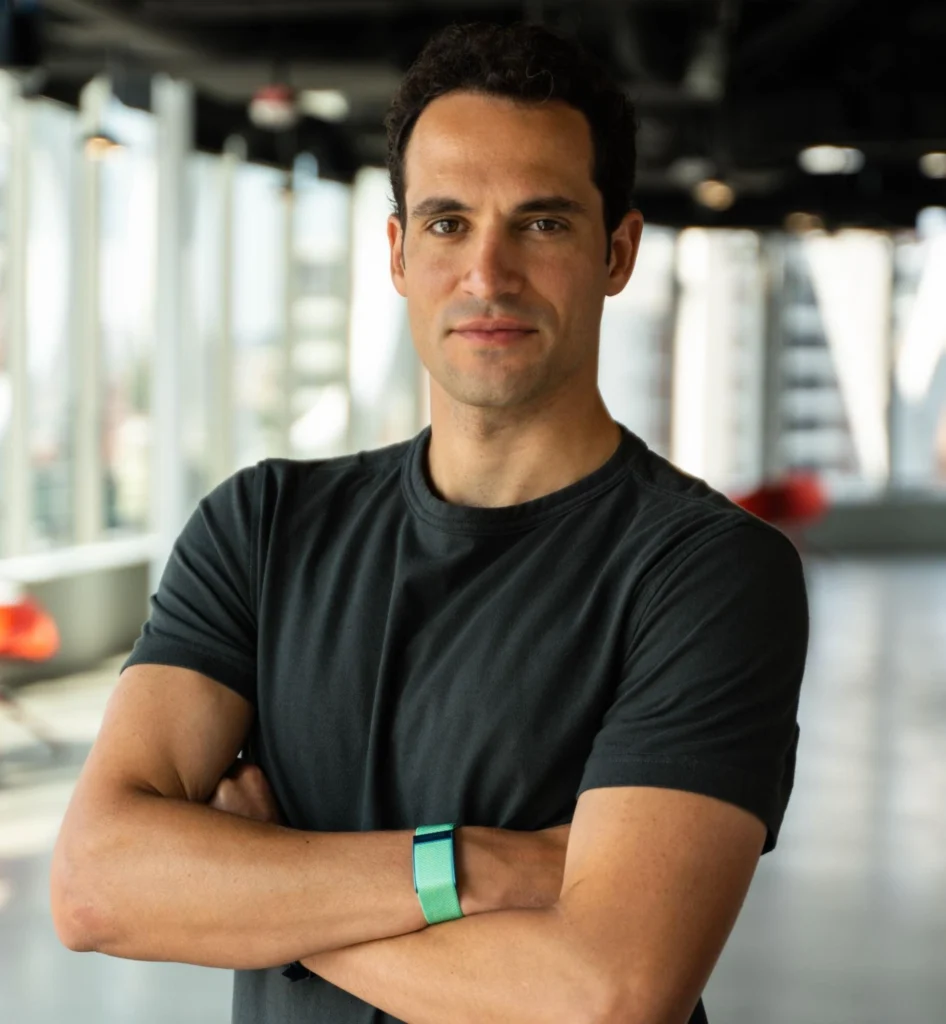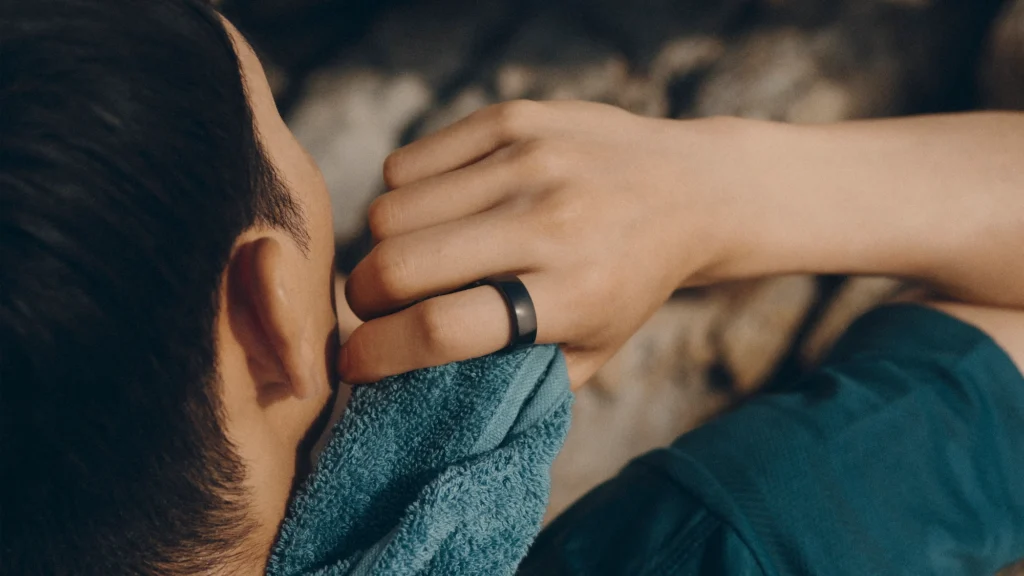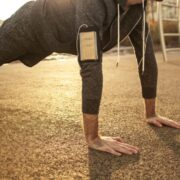Whoop, Oura CEOs Eye Women’s Health, Data Optimization

As fitness wearables explode in popularity, both Will Ahmed and Tom Hale are bullish on tech’s ability to help women better understand their bodies
This article is adapted from a version that originally appeared in ATN’s 2024 State of Fitness & Wellness 2024 report, available for download here
The wearables space is hotter than ever: consumers can now measure everything from sleep to stress, and, increasingly, make sense of those numbers thanks to personalized recommendations.
Oura and Whoop may be competitors as two of the most prominent brands in the burgeoning wearables space, but their leaders move in lockstep when it comes to identifying the biggest opportunities and challenges facing the market.
Athletech News spoke with Oura CEO Tom Hale and Whoop founder and CEO Will Ahmed to get their thoughts on where the wearables space is headed and how their brands will help drive that change.
Women’s Health Is a Top Priority
Addressing the unique health needs of females has emerged, albeit belatedly, as a key priority among fitness and wellness brands. Oura and Whoop are playing key roles in advancing women’s health through data insights.
“Women’s health is a critical area of overall health and wellness that remains largely underrepresented, particularly how women’s bodies adjust during various stages of their life – menstruation, pre- and postpartum, and perimenopause,” Ahmed tells ATN. “Subsequently, females don’t receive adequate, science-backed information to support them during such critical times.
Ahmed pointed to Whoop’s Menstrual Cycle Insights feature, which provides training and sleep recommendations based on women’s cycles, as an important feature in that regard. In January, Whoop published a study in PLOS One, a peer-reviewed academic journal, which analyzed the physiological data of pregnancies. The study found key trends in maternal heart rate variability (HRV) inversion in singleton pregnancies, insights which could lead to being able to better predict delivery dates for premature and full-term pregnancies.
“Understanding this change in HRV has the potential to save lives, reduce medical costs, and provide more insight to expecting parents,” Ahmed says.

Oura has also emerged as a leader in the growing women’s health movement. The ring maker has introduced Cycle Insights and Pregnancy Insights features, giving women data-backed insights into their menstrual cycles and during pregnancy, respectively.
Oura has also forged key partnerships with companies including Natural Cycles, Flo, and Gl to enhance the accessibility of health information for women.
“These recent achievements represent Oura’s commitment to women’s health, but they are just the beginning,” Hale tells ATN. “As we continue to innovate and expand our offerings, we remain dedicated to providing women with the ultimate body literacy tool to support their health and well-being at every stage of life.

The Great Data Race
As wearable devices like Oura, Whoop, the Apple Watch and others proliferate, so too does the amount of health and wellness data floating in cyberspace. This presents challenges but also opportunities as tech brands seek to make sense of that data to deliver personalized recommendations to their customers.
“One of the biggest challenges is the overwhelming volume of data available and improving how we can make it understandable and actionable for people to integrate the insights in a meaningful way,” Hale says.
Oura is working tirelessly to make its data more meaningful and actionable for Oura Ring wearers, Hale assures.
“By providing members with accurate and personalized physiological insights through cutting-edge sensor technology and research-backed algorithms, Oura provides context that empowers individuals to make informed lifestyle choices,” he says. “Rather than being just a tracker, Oura aims to be a personal health companion that offers insights and suggestions based on a person’s baselines.”

Ahmed says that as data increases, consumers must have more opportunities to access “substantiated, clinically backed solutions tailored to their needs.”
The Whoop founder also pointed to the prevalence of data privacy concerns, a potential problem that’s been exacerbated by the rise of AI.
“At Whoop, we recognize the importance of offering our members robust, clinically validated support,” Ahmed says. “We leverage cutting-edge performance science data to deliver highly personalized, easily understandable responses tailored to each member’s unique health and fitness journey. By prioritizing accuracy, reliability, and individualized guidance, we aim to address the industry’s need for trustworthy and effective solutions amidst the abundance of health and wellness data available today.”

A Bright Future for Wearables
Looking ahead, the leaders of Oura and Whoop are excited about where the industry is headed as more consumers look to take charge of their health and wellness.
Hale identified an “increased focus on longevity-focused health management” and the “surging demand for personalized wellness solutions” as key industry trends that bode well for Oura and the entire wearables market.
Ahmed pointed to Whoop’s recent introductions of its Whoop Coach AI tool, Stress Monitor and Strength Trainer as examples of the company’s commitment to innovation and commitment to making the “best and most personalized performance tool on the market.”
“Over the years, many have DM’d me on social media to share personal stories about how Whoop has changed their lives, which gives me tremendous hope for the consistent innovations that Whoop is able to provide members to better their health,” he shares.
Overall, Ahmed is bullish on the future of wearables as technology and research continue to evolve.
“Access to new technology and research has only increased and grown more efficiently through advancements like AI – the sky’s the limit for where the fitness industry can go,” he adds.
Hale is encouraged by consumers’ increased focus on using wearables to uncover personal insights rather than compare themselves to benchmarks.
“We’re seeing more emphasis on recovery, rest, and individuality, rather than pushing to meet goals or numbers that exist for the ‘average,’” he says. “That is a good thing!”



